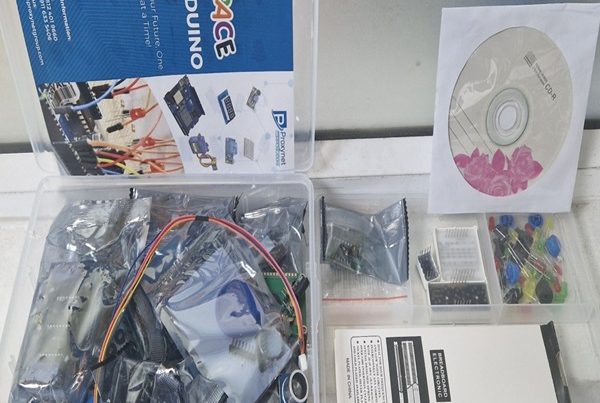Introduction
Have you ever felt the thrill of watching your autonomous vehicle kit come to life? The joy of seeing it navigate obstacles and perform tasks independently is truly exhilarating. However, even the most advanced technology can encounter hiccups. In this guide, we’ll delve into some common troubleshooting issues you might face with your Twin Autonomous Vehicle Kit and provide practical solutions.
Understanding Your Twin Autonomous Vehicle Kit
Before diving into troubleshooting, let’s familiarize ourselves with the key components of your Twin Autonomous Vehicle Kit. This will help you pinpoint the source of any problems you encounter.
- Chassis: The physical structure that houses the electronics and mechanical components.
- Sensors: Devices that gather information about the vehicle’s surroundings, such as cameras, LiDAR, and ultrasonic sensors.
- Actuators: Motors or other mechanisms that control the vehicle’s movement.
- Microcontroller: The “brain” of the vehicle, responsible for processing sensor data and controlling the actuators.
- Software: The programming that determines the vehicle’s behavior and capabilities.

Common Issues and Troubleshooting Tips
Now that we have a basic understanding of the kit, let’s explore some common issues you might face and how to address them.
Battery and Power-Related Problems
- Issue: The vehicle is not powering on or loses power unexpectedly.
- Troubleshooting:
- Check the battery level and ensure it’s fully charged.
- Inspect the battery connections for any loose or corroded contacts.
- Try using a different battery to isolate the issue.
Sensor Malfunctions
- Issue: The vehicle is not navigating correctly or is colliding with objects.
- Troubleshooting:
- Clean the sensors to remove any dirt or debris that might be obstructing their view.
- Calibrate the sensors according to the manufacturer’s instructions.
- If the problem persists, check for sensor damage or malfunction.
Software Glitches and Updates
- Issue: The vehicle’s behavior is erratic or unexpected.
- Troubleshooting:
- Check for software updates and install them if available.
- Try restarting the vehicle to clear any temporary glitches.
- If the problem continues, consult the user manual or online forums for troubleshooting guidance.
Connectivity Issues
- Issue: The vehicle is unable to connect to your device or the internet.
- Troubleshooting:
- Ensure the vehicle is within the Bluetooth or Wi-Fi range.
- Check if the necessary apps or drivers are installed and updated on your device.
- Try restarting both the vehicle and your device.
Physical Damage and Repairs
- Issue: The vehicle has sustained physical damage.
- Troubleshooting:
- Carefully inspect the vehicle for any visible damage, such as broken parts or loose components.
- If the damage is minor, you might be able to repair it yourself following the manufacturer’s guidelines.
- For more extensive damage, consult a professional technician or contact the manufacturer for assistance.
Conclusion
Troubleshooting your Twin Autonomous Vehicle Kit can be a rewarding experience. By understanding the common issues and following the tips outlined in this guide, you can overcome challenges and enjoy the full potential of your AI toy. Remember to consult the user manual and online resources for specific troubleshooting instructions tailored to your kit’s model.
FAQs
The price can vary depending on the features, components, and brand. However, you can generally expect to find kits in a range of price points.
Many kits offer customization options, such as adding sensors, actuators, or programming custom behaviors. Check the manufacturer’s specifications for your kit.
Yes, many kits are designed to be accessible to beginners. They often come with comprehensive tutorials and support resources.
Absolutely! The kit can be a valuable tool for learning about robotics, programming, and artificial intelligence.
Avoid overcharging the battery, exposing the kit to extreme temperatures, and mishandling delicate components.





